

Alpine Hills Historical Museum
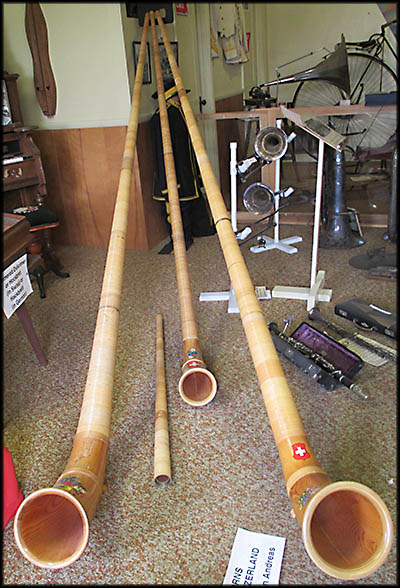
Alphorns
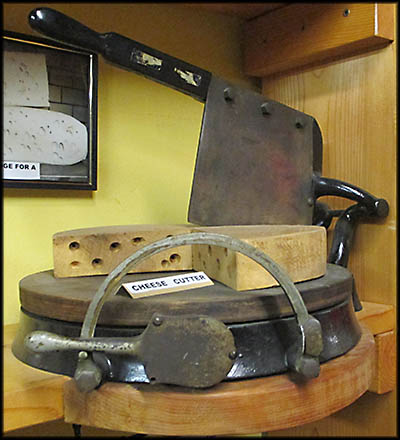
Cheese Cutter
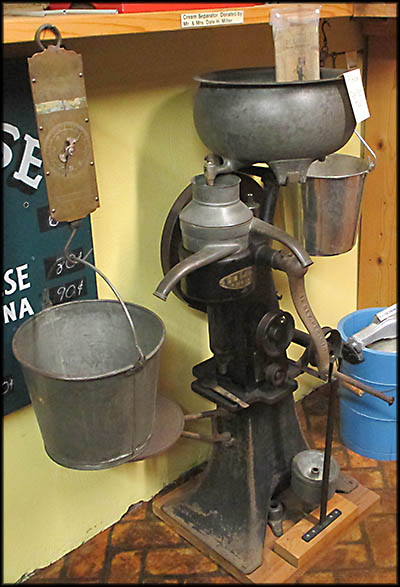
Cream Separator
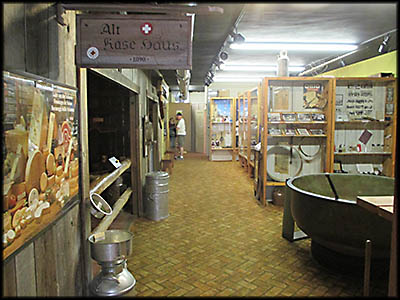
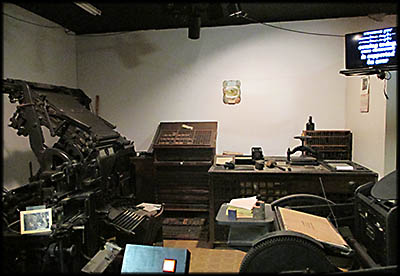

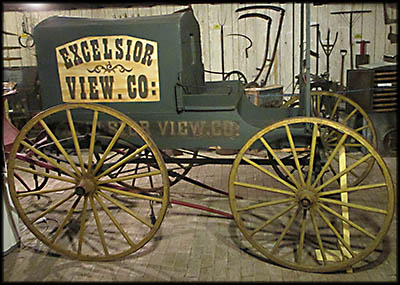
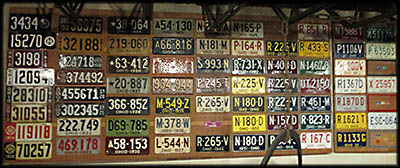
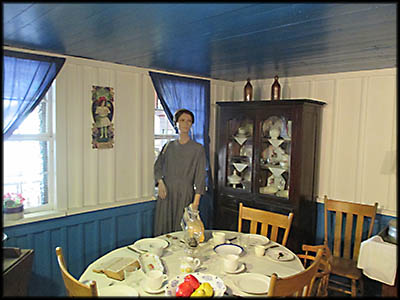
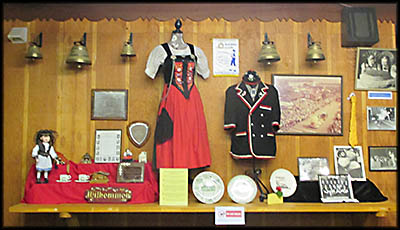
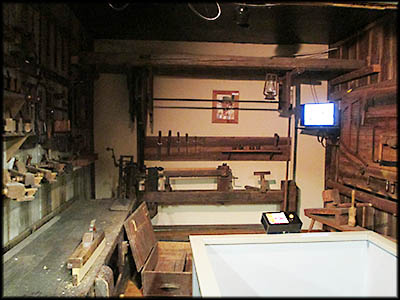
Small independently-run museums are a bit of a crapshoot. Sometimes you find a gem, other times you wonder why you bothered to visit. Alpine Hills Historical Museum which is in Sugarcreek, Ohio, falls into the gem category. Run by the local historical society, you can go through for free, though the museum does ask for a very modest donation. Having opened in 1976, it also serves as Sugarcreek’s visitors’ center.
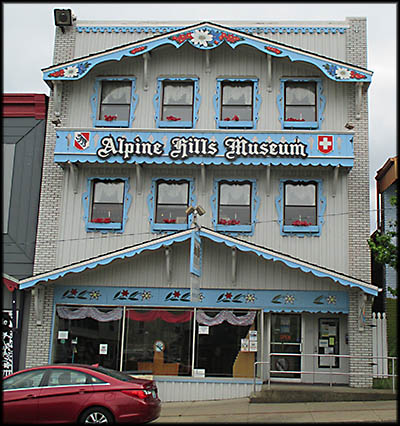
Alpine Hills Museum
Before beginning your journey through it, you can watch a short video about the village and its history. From it I learned that Sugarcreek is known as the “Little Switzerland of Ohio.” A large concentration of Germans and Swiss settled here because the surrounding rolling hills and its climate reminded them of home. According Sugarcreek’s official brochure, it was founded by Abraham Shane in 1814 at the crossroads of two Indian trails that ultimately developed into State Routes 39 and 93. It was originally called Shanesville. The arrival of a railroad in 1882 prompted a second settlement, Sugar Creek, to appear on the east side of the tracks. In 1969, it and Shanesville merged to become the present village of Sugarcreek. The Swiss facades on many of the buildings didn’t start appearing until the early 1950s after a resident Mennonite artist, Tom Miller, added a one to his art studio. Seeing the positive reaction of tourists, other local businesses followed suit. Miller painted a series of murals for the village’s stores, six of which can be seen around town. Sugarcreek is also at the center of a huge cheese making area, the biggest type produced being Swiss (imagine that). The village is also in the middle of a large Amish settlement of about 35,000.
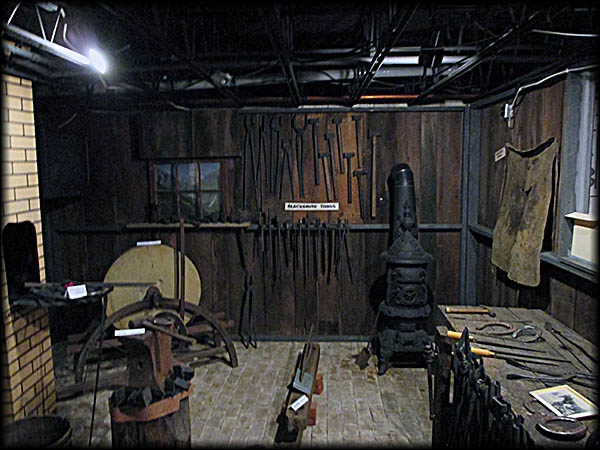
The museum covers the history of the Amish, Mennonites, and English (the term the Amish use for non-members of their community). On the main floor and in the basement are rooms designed to look like the interiors of historical places once found in the village, such as a nineteenth century kitchen, a cheese making workshop, a blacksmith, and the local newspaper office. At each of these you can press a button and a voice will give you information about it, using spotlights to shine upon what the narrative is currently talking about. There are also button-activated videos you can watch scattered about. The museum is filled with historical artifacts from the area that run the gamut from wagons to clothes to a songbook to a pistol equipped with silencer. Given the area’s history, it ought to come as no surprise there are many cheese making artifacts, including a cutter, a cream separator, and a milk tester.
In the basement one will find hanging upon one section of a wall a large display of Ohio license plates. According to the museum, Ohio’s first license plate was issued in 1908 without any number or dates. The next year numbering was introduced. In 1910 dates appeared. From 1912 to 1917, the numbers were painted on, but after 1918 they were stamped. Letters were added in 1935, and the first stickers were issued in 1943 (probably because of a metal shortage—this was during World War II).

While I love music, I can’t read notes nor play any instruments, not even the humble kazoo. That said, I must admit I found the room filled with music instruments on the top floor quite interesting. Aside from the usual suspects one finds in any museum music section—organ, piano, autoharp—there are three long Alpine horns, or alphorns. Near them I found a button and pressed it. Suddenly a video appeared on an otherwise blank television. In it an old fellow began telling about the different instruments in the collection. He also played a few. Of these, I was most keen on hearing the alphorns. He explained their purpose: in Switzerland, shepherds took their livestock higher into the mountains to graze. In the days before telephones and telegraphs, this left them unable to communicate with those in their town or village below. These lonely shepherds used the horns to communicate with them, employing a sort of code that allowed them to converse. I could not determine whether this was true or a myth. It is also possible herders used alphorns to call their cows home.
Sugarcreek has one more item that might interest museum goers. Cattycorner across the street you will see the world’s largest cuckoo clock. While I’d never have this kind of time keeping piece in my house—it would eventually drive me, well, cuckoo—this is a fun little thing to watch, especially for children. Figures accompanied by music come to life and dance about. Upon activating every half hour, the clock emits a cuckoo sound followed by a Polka tune. I’m not sure which is worse.🕜
Sugarcreek has one more item that might interest museum goers. Cattycorner across the street you will see the world’s largest cuckoo clock. While I’d never have this kind of time keeping piece in my house—it would eventually drive me, well, cuckoo—this is a fun little thing to watch, especially for children. Figures accompanied by music come to life and dance about. Upon activating every half hour, the clock emits a cuckoo sound followed by a Polka tune. I’m not sure which is worse.🕜